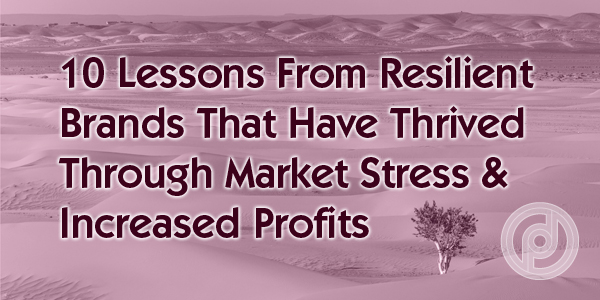
Building a Resilient Brand and Business: 10 Lessons From Brands That Have Thrived Through Market Stress
Have you considered what it takes to build a resilient brand, a brand that’s engineered to ride the waves of market stress? Given the current economic landscape it’s easy to understand why a resilient brand matters.
Long before the concept of an “antifragile” brand became as ubiquitous as it has now, business leaders and owners have conceptually realised, indeed aspired to building a resilient business and brand for adversity. However, like many things in life, broadly understanding a principle is not the same as actually building and leveraging it to its full potential.
The Top 10 Lessons You Can Leverage From Resilient Brands That Have Thrived Through Market Stress
Here we’re sharing ten lessons from resilient brands that have not only survived periods of increased market stress, but thrived during them — and beyond. These are brand resilience principles that you can apply to make your business more robust now so you can consistently grow your revenue, expand your market share, build IP brand asset value and, most importantly, help you maintain relevance and mitigate risk.
1. Resilient Brands Don’t Wait Until Market Stress to Consider Their Brand Strategy – They Proactively Build for Market Stress
During a time of increased market stress, there is a lot more demanding your attention with less time for due diligence or careful reflection. It can be challenging enough to keep day to day operations running smoothly, let alone focussing on bigger strategic business factors or brand strategy issues. However, a strong baseline that’s already well embedded into the business operationally and strategically makes a significant difference. It’s often the decider between barely surviving or actually thriving.
Customers may also be very preoccupied with increased anxiety at such times resulting in more limited attention spans. Consequently, the time to work on your brand strategy so you deliberately build for market stress is long before hostile market conditions increase.
A strong, consistent brand strategy helps your business to navigate resiliently through market stress. Brand strategy provides clarity both in terms of commercial decisions aligned to the business strategy and direction for your brand.
It also enables an easier decision tree for customers, increasing your brand’s strength during adversity. In fact, brands that ‘engineer themselves’ for market stress proactively build stronger competitive advantage. This enables these businesses to leave their competitors way behind when things get tougher.
Related: How Branding Strategy is Different to Marketing
We know that sometimes it’s a struggle to build a brand strategy that really engages your ideal customers effectively, so we’ve developed three different ways of working with us to help you build your brand, depending on your preferences, so if you’d like us to:
- Build your brand for you – find out more here or get in touch [email protected] or ring +353 1 8322724
- Empower you to build your brand – check out the Persona Branding Strategy Mastermind Programme here. This is a 12-week face-to-face, fully interactive, live online programme for non-competing peer groups. You work on your brand with us codifying and mapping out your brand strategy for business growth. Within 12 weeks your brand strategy is fully developed, with implementation already making a difference in your business. Alternatively, join our half-day Branding Accelerator Masterclass for a fast-injection of brand-building essentials. Ask about our Personal and Corporate Leadership Brand Alignment Masterclass
- Want a DIY solution? check out our how to build a brand eprogramme here and our how to audit your brand yourself eprogramme here
2. Resilient Brands Know Increased Market Stress Triggers Customers to Reassess their Brand Loyalty
When you feel stressed, do some of your natural responses and habits change? If so, you are not alone. During market stress, the purchase drivers which motivate customers to spend money often change. Sometimes these changes can be dramatic. Some things will take on more importance than normal, others will fall off purchasing patterns entirely.
When customers’ daily lives are in flux, they reassess their needs and desires subconsciously — all of which potentially impacts their levels of brand loyalty and purchase drivers.
For example, during a recession, customers may decide to trade down to cheaper brands or own label products in some categories. While in other categories they may trade up to choices which appear more solid or trustworthy.
A good example of this is seen in the insurance market. Until you make a claim, you may not think too much about your insurance provider. But if you have a traumatic experience such as a medical emergency or household problem, you are more likely to reassess your insurance choices.
This is a typical “switching” moment, when customers reassess their relationship with a brand, and either proactively dump it or become more loyal to them. It’s a critical moment of truth in which a brand is deemed dependable and worth the spend, not to mention referable, or dismissed and perhaps negatively rubbished in social channels.
Any moment when a customer reconsiders their relationship with your brand is pivotal – you need to optimize your chances of getting them to engage with your brand more, not less. That can mean trial, but it can also mean building a deeper relationship with an existing customer. Remember, it is almost always cheaper to sell to an existing customer than to a new one.
Related: Branding Psychology in Adversity – 7 Ways You Can Embrace Behavioural Shifts to Grow Your Business
3. Resilient Brands Provide Clear Roadmaps for Thriving in Market Stress
Increased market stress triggers a lot of conflicting priorities. Often, attention is thrown into activities which may ordinarily take little or no time, such as chasing accounts receivable and managing disrupted supply chains. This means that as a business leader or decision maker, you have less time and headspace to decide how best your brand can handle a crisis. That is dangerous, because such decisions are even more critical during increased adversity — they need clarity of thought so you make the right decision.
The clearer you are in advance about what your brand does and does not stand for, the easier it is to assess possible courses of action through the filter of your documented brand strategy because it’s the baseline on which your business sits.
That is true for external branding but it is also important for internal branding. Brand vision, brand purpose, brand mission and brand values help fast track your decision-making and improve its quality at a time when you may understandably be distracted and under pressure.
Related: Top 5 Reasons Why Brand Purpose is The Essential Growth Driver in a Fast Changing World
The fact is, we’re all vulnerable to making poor decisions when operating under increased pressure so engineering resilience into your business helps mitigate that risk.
Related: How Your Brand Mission Enables You To Achieve Your Commercial Objectives
4. Resilient Brands Doesn’t Need to Adapt to Market Stress – They’re Built For It
Tone of voice always matters in how a brand is perceived, but it is more important than ever in market stress. People are sensitive, uncertain and nervous when making decisions under pressure. So, a brand’s tone of voice can have heightened impact. Light-hearted or playful brand communication that might be ideal at other times often doesn’t match the moment in market stress. That can mean sudden, sometimes dramatic re-jigging of key brand planning elements such as brand communication and promotional plans.
However, a well-structured brand can pivot how it communicates – but the core of the brand strategy itself should remain constant. Like a well-rounded friend or relative who speaks gently to you at a time of personal sadness – although their tone of voice and choice of words may change, they don’t change who they are.
This is more important than ever in a digital age, where social media amplifies missteps by brands who mistake their customers’ mood at a time of crisis. The backlash after social media influencer Kim Kardashian had a party on an island during the Covid-19 pandemic was an example of getting such brand sensitivity and contextual connection wrong.
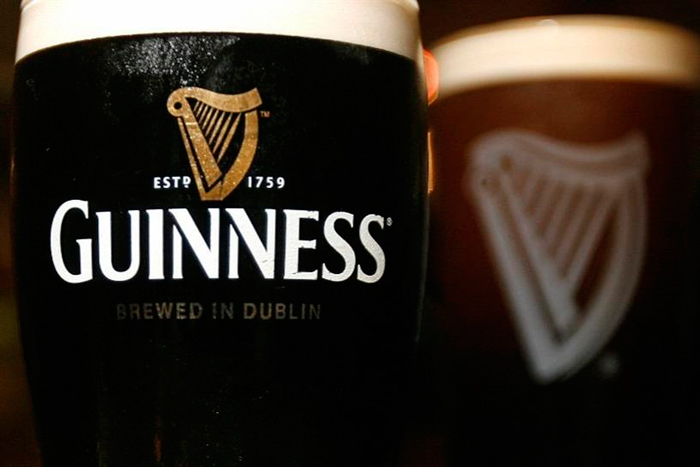
Image via Campaign Live © Guinness
A case study of doing things the right way also comes from the COVID-19 crisis. For St. Patrick’s Day, Guinness shifted from its usual communication focus on pub gatherings and instead focused on wellbeing – a different communication approach, but still consistent with the brand identity.
Are you a business leader, decision-maker, manager, or entrepreneur who wants to re-evaluate or build your brand strategy so you can build a resilient brand to increase grow your revenue consistently? Are you curious about how to build or scale a highly successful standout brand so you can increase your market share and IP asset value?
Join one of our branding masterclasses because they empower you to build your business, enhance customer experience, expand your market share and create higher perceived IP asset value so you can command a premium.
In fact, the Persona Brand Building Blueprint™ Mastermind is all about fast-tracking you, your brand and your business through the brand building, agile branding strategy process using professional big-brand know-how with proven systems that get results so you can grow your business faster and more effectively.
The programme enables you to make your brand highly differentiated, visible, credible, trustworthy, recognisable and much loved amongst your ideal customers so you can become more profitable, grow your revenue, build IP asset value, increase market share and leave your competitors way behind. Be The One — your ideal customers’ favourite brand of preferred choice commanding a premium.
If you want a tailor-made solution specifically for your brand then we also provide in-house bespoke Persona Brand Building Blueprint™ Intensives working with you and your team so you can grow your business faster and more profitably. Contact us to discover more [email protected] or +353 1 8322724
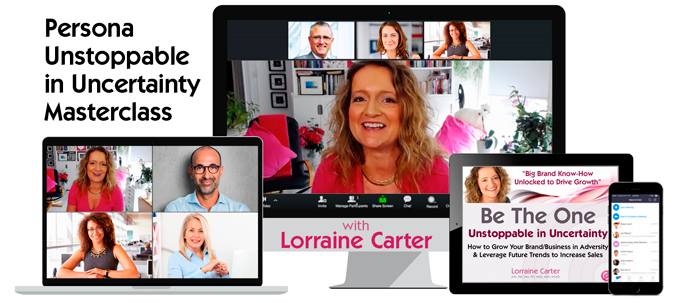
5. When Market Stress Puts Brand Culture to the Test, Resilient Brands Thrive
The saying goes that bad news comes in threes and market stress does seem to snowball on all fronts. While you may be dealing with practical challenges such as getting your offering to market, you may face branding challenges such as reduced media availability but also internal challenges – market adversity can affect staff, sometimes dramatically.
That is why investing time and energy into building the right brand culture internally is so important. A brand culture that is already well-developed and a positive support as a living part of everyone’s experience when you need it most is a critical factor because it helps maintain focus, nurture confidence in leadership decisions for the collective good and, pull your team together particularly when they’re operating under more pressure. It is much harder to build brand culture from scratch in market stress and even if you can, there are usually other pressing things to do in hostile trading conditions.
Related: 6 Ways to Develop and Nurture a Successful Brand Culture With a Limited Budget
Brand culture shows its importance during market stress in multiple ways. It helps your people have a sense of identity, which can be important when other values come under pressure. It helps you adapt to new working paradigms, for example home working or self auditing and helps underpin employee loyalty when you most need it.
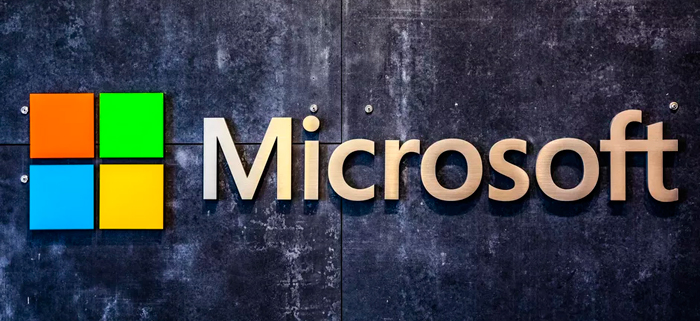
Image via CNet © Microsoft
An interesting case study of a resilient brand culture is provided by Microsoft, which shifted to more home working during the Covid-19 pandemic. They then made the switch to home working or mixed site working a permanent choice for many employees. That is enabled by Microsoft having a long-standing clearly defined brand culture emphasising trust in its employees.
Related: How to Use Brand Building and Culture Integration to Unlock More Value from Mergers, Acquisitions and Divestitures
6. Brand Style Guides Help Resilient Brands Manage and Thrive in Market Stress
A brand style guide is a simple but effective way to ensure that your brand is managed, protected and presented in a consistent and appropriate way however and wherever it appears. In truth, it’s an essential business tool at all times because it enables you to protect one of your most valuable assets — your brand IP — and helps you mitigate risk and prevent unintentional self sabotage.
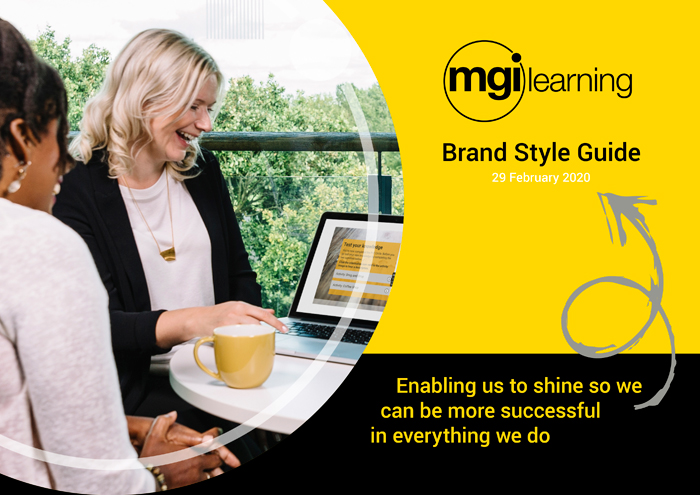
With increased market stress when your team is operating under more pressure, it becomes an even more critical tool. With conflicting priorities and time pressure more common in adverse conditions, a brand style guide takes some pressure off because you don’t have to think about what you are doing from scratch every time, and instead apply efficiently and fast without unintended mistakes or poorly executed outcomes.
Related: What’s a Brand Guide and How Can it Help Your Business?
7. Resilient Brand Strategy Trumps Reactionary Brand Tactics in Market Stress
Different brands respond to market stress in different ways. Usually, a lot of them will try new things to match sudden shifts in customer sentiment without a very informed basis underpinning those decisions. However, the danger of constantly shifting tactics is that you may make the wrong call and unintentionally sabotage yourself.
Spending times of market stress down in the tactical ditches also consumes a lot of your time, just when you will need it for a host of other priorities. The clearer and more actionably your brand strategy is engineered to withstand market stress, the more efficient, focused and effective your response will be in market stress.
Brand strategy trumps brand tactics every time during market stress. You may still need to work tactically, but the stronger your brand strategy is to start with, the better your tactical response which flows from it will be.
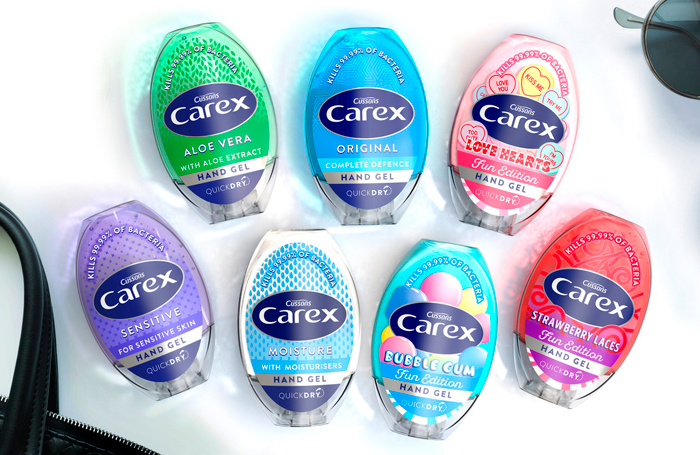
Image via World Brand Design © Carex
A case study on point is provided by personal care brand Carex. It made a big move into hand sanitizer during COVID-19. A lot of brands did this just by making sanitizer, but Carex was consistent with its brand identity as a hand care band rooted in soaps, and instead focused on sanitizing benefits in its core handwash range. Even its standalone sanitisers emphasized the softer, caring brand identity of the brand rather than the harsh, scientific tone adopted by many sanitizer brands.

Book Your Brand Audit Consult with Lorraine Carter here
8. Resilient Brands Value Long Term Brand Consistency Built for Market Stress Over Short Term Business Results
“Never waste a good crisis” is a helpful mantra – but only if applied in the right way. A lot of brands get it wrong, by misjudging the mood and being seen to profit from people’s uncertainty or fear. This is unattractive behaviour and can be severely punished by customers.
When you are assessing the short-term business opportunities for your brand which may be thrown up by market stress, assess them with the same brand mindset you use at other times. Ensure that your brand behaves consistently with its brand values at all times, particularly during increased market stress.
Related: How to Use Brand Values to Drive Unwavering Customer Trust and Commitment
9. Internal Branding Helps Resilient Brands Navigate Increased Market Stress
Brand culture is critical, but it needs to be clearly communicated to be effectively understood. That is why resilient brands consistently recognise the importance of internal branding. They communicate internally with the same passion they communicate to the outside world.
In market stress, staff may have to engage in new additional tasks, or work with less structure, support or supervision than normal. Not only can that be risky for the business, it can also be challenging and perhaps nerve-racking for the staff. The more confidence they feel in how to embody the brand values and why those brand values are what they are, the clearer their direction and higher quality of execution they are likely to provide.
Internal branding helps foster a long-term spirit of belonging, and knowing what is and is not appropriate for the people delivering the brand. In market stress, such internal branding means management can spend less time explaining, and the company overall can spend more time actually doing.
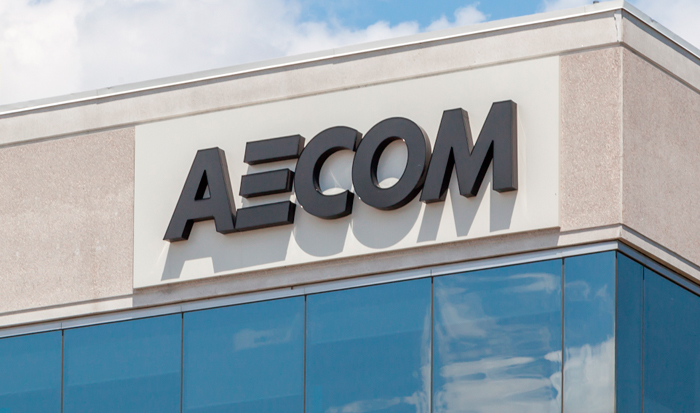
Image via New Civil Engineer
The engineering consultant AECOM provides a useful case study. It emphasized employee trust, creativity and doing things differently as part of its brand culture. So, when COVID-19 came along, adapting to new ways of remote working was easier.
Related: 7 Ways Brand Collateral Helps You Grow Your B2B Business Profitably Even in a Hostile Market
If you’d like to discover more about building and maintaining a thriving, high performing, highly profitable standout brand, then get in touch because we’d love to help you make your brand into a profit powerhouse.
- Schedule a chat — we can meet in person online
- Let’s consider a customised plan for you
- And perhaps implement the plan together
- Contact us [email protected] or ring +353 1 8322724 (GMT Dublin/London time 9:00 – 17:30 weekdays)
Lorraine Carter is a branding expert and international speaker delivering talks that inspire and motivate along with masterclasses and workshops that inform and support transformational outcomes fast, and consultancy expertise that solves problems — using agile branding strategy underpinned by professional big-brand know-how — so you can outshine, outperform and leave your competitors way behind.
She enables you to differentiate, achieve higher revenue, expand your market share, build IP brand asset value — make the complex easy as ABC so you can Transform Your Brand & Increase Your Sales — Be The One, the brand that’s most credible, trusted and commanding a premium so you’re highly profitable and leaving your competitors way behind.
Ask about the Persona Branding Strategy Mastermind Programme — live, interactively, face-to-face online.
10. Resilient Brands in Market Stress
Customer experience shapes customers’ perception of a brand. That can matter more during market stress, because a product or service takes on additional importance to them, or because the customer experience helps match changed circumstances.
A well thought through customer experience across all touchpoints brings some welcome reassurance, calm and certainty during increased market stress when other things may feel more chaotic. That is welcomed by customers and helps build longer term loyalty.
Related: Top 10 Brands for Customer Experience and What You Can Learn From Them
Final Thoughts
Resilient brands perform well in times of market stress by design — it’s not luck or accident. They start with a clear, well-thought-out brand strategy which provides an actionable roadmap captured in a Master Brand Strategy Document also called a Master Brand Profile.
Strong resilient brands are controlled and managed in daily activities through a brand style guide. Brand culture is important and is reinforced by internal branding. This is matched by an equally well-considered external branding strategy, delivered through great customer experiences.
We know this because we’ve observed it in many of the world’s most successful brands, not to mention our clients and customers. They’ve proven to be incredibly resilient even when operating in more vulnerable sectors.
So the question is, which of these ten principles of resilient brands will you implement in your business and brand strategy now?
Questions to Consider
- How clear is your brand strategy? Is it built
- How do you ensure your brand communications are proactive not purely reactive?
- Do you have a brand style guide to help ensure that your brand strategy is delivered consistently?
- What defines your brand culture?
- How does your internal branding reflect your brand?
- How does the customer experience you deliver bring your brand mission, values and purpose to life?
- Would a Lean Brand Audit help you address your vulnerabilities so you can make your business more resilient and adapt your business model to new opportunities and emerging trends?

Book Your Brand Audit Consult with Lorraine Carter here
Your Persona Client Satisfaction Guarantee
- When you work with us we’ll create a customised brand-building plan and strategy with clear investment for you tailored to your specific requirements and preferences
- You’ll know each step of your brand building journey before we start because we’ll discuss it, document it and agree on it with you before work commences
- You’ll have timelines, key milestones and deliverables to evaluate and approve for each stage and part of your brand building process
- Because we know the unexpected sometimes happens we can make adjustments along the way if you need it and if something extra is requested we’ll ensure you’re fully appraised about what that entails before committing
- As we achieve pre-agreed objectives you’ll be able to evaluate your brand building work and strategy in progress, coupled with the outcomes to ensure return on investment
Get in touch today because we’d love to enable you to re-evaluate and build your standout, powerhouse brand so you can Be The One — increase your profits and leave your competitors way behind.
Email us [email protected] or ring us +35318322724 (GMT 9:00-17:30) and ask about our VIP Brand Strategy Re-Evaluation.

Click here to get your Lean Brand Audit

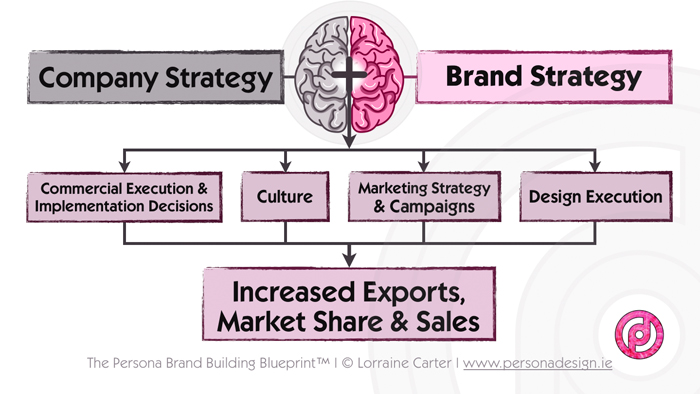
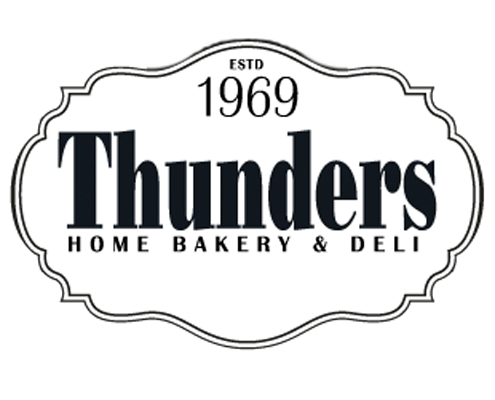 “We participated in the Persona Branding Strategy Mastermind Programme 12-week online course. The 12-week program suited us as the weekly accountability spurred us on to get work done between sessions.
“We participated in the Persona Branding Strategy Mastermind Programme 12-week online course. The 12-week program suited us as the weekly accountability spurred us on to get work done between sessions.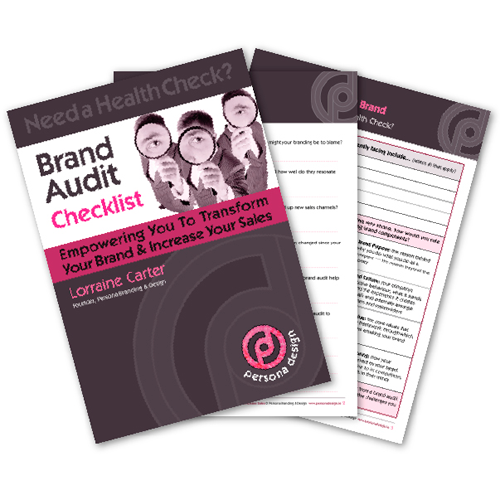
 “For anyone who has a well-established business, I would totally recommend working with Persona Design because it will provide them with a new perspective on how to think of their brand. You see in different markets and industries that are overly competitive
“For anyone who has a well-established business, I would totally recommend working with Persona Design because it will provide them with a new perspective on how to think of their brand. You see in different markets and industries that are overly competitive 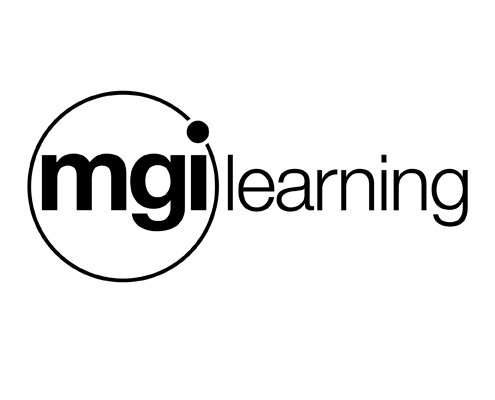
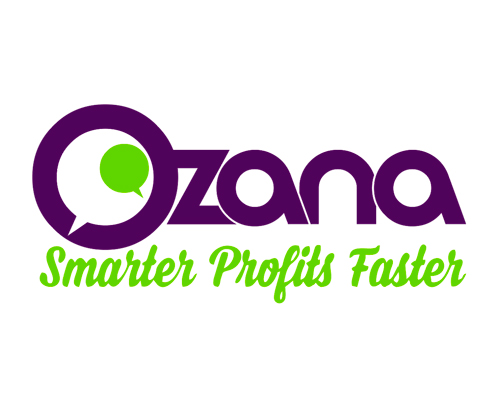 “Lorraine Carter is my branding mentor, she’s the person that showed me how to improve my personal and business brands — they were a mess when she initially looked at what we had — and she blew my mind! I’ve paid high fees to other ‘supposed’ brand consultants who only had 30% of her in-depth expertise, and they couldn’t deliver on what we needed.
“Lorraine Carter is my branding mentor, she’s the person that showed me how to improve my personal and business brands — they were a mess when she initially looked at what we had — and she blew my mind! I’ve paid high fees to other ‘supposed’ brand consultants who only had 30% of her in-depth expertise, and they couldn’t deliver on what we needed.

